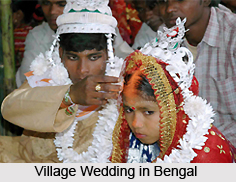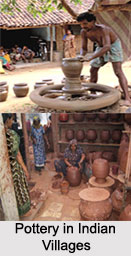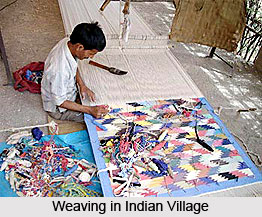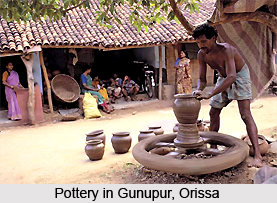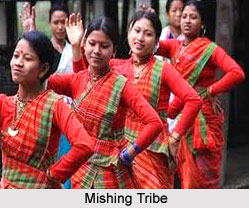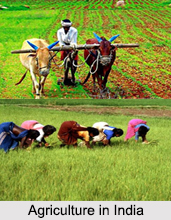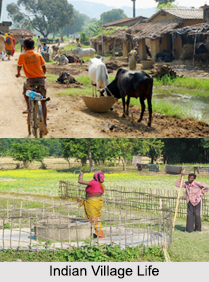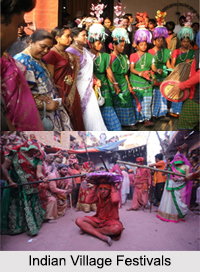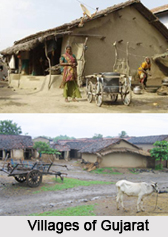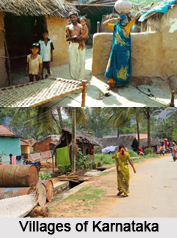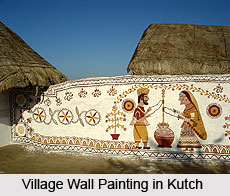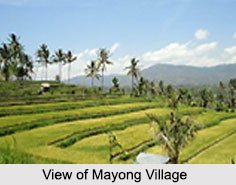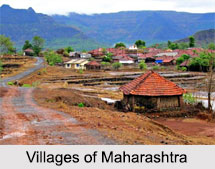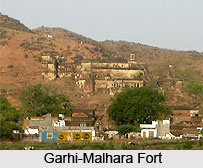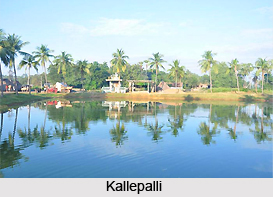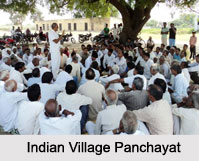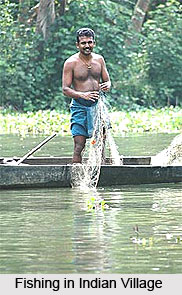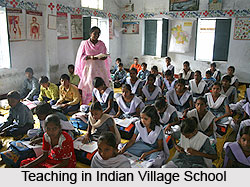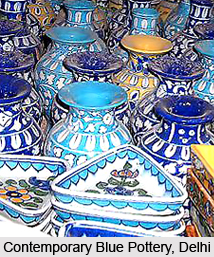 Pottery in contemporary age includes numerous types of pottery artefacts which include glazed pottery, terracotta pottery, papier mache pottery, black pottery, blue pottery and `kagzi` pottery. Several Indian states specialise in the production of a wide variety of contemporary pottery works. World statistics have revealed that India is the largest manufacturer and exporter of innumerable pottery handicrafts amongst the South Asian countries. Uttar Pradesh is one of the most significant contributors to the contemporary pottery industry of India since several regions of this state exports excellent pottery crafts to other nations. There are various types of pottery work in India. Some of them are follows:
Pottery in contemporary age includes numerous types of pottery artefacts which include glazed pottery, terracotta pottery, papier mache pottery, black pottery, blue pottery and `kagzi` pottery. Several Indian states specialise in the production of a wide variety of contemporary pottery works. World statistics have revealed that India is the largest manufacturer and exporter of innumerable pottery handicrafts amongst the South Asian countries. Uttar Pradesh is one of the most significant contributors to the contemporary pottery industry of India since several regions of this state exports excellent pottery crafts to other nations. There are various types of pottery work in India. Some of them are follows:
Glazed Pottery
The art of glazed pottery commenced around the 12th century AD. Attractive green and blue patterns adorn a white background, in such potteries. The glazed pottery of Kashmir, which is also referred to as `Dal Lake Gate` pottery, is famous in India. Chirar-e-Sharif town, Kashmir, produces flower vases painted in green, blue and red colours. Chinhat, Uttar Pradesh, is another place which creates reputed glazed pottery in the country. Saucers, flower pots and bowls are the glazed pottery products made here.
Blue Pottery
Ceramic painted pottery or blue pottery is a significant local craft of Punjab. Several regions of undivided Punjab (which now belong to present-day Pakistan), including Multan manufacture unique blue pottery crafts. Some villages in Haryana like Bahadurgarh, Jhajjar and Pinjore make beautiful contemporary glazed pottery. Blue pottery is a contemporary craft in Rajasthan, which flourished under the patronage of Maharaja Ram Singh and Jaipur specialises in the production of blue pottery work.
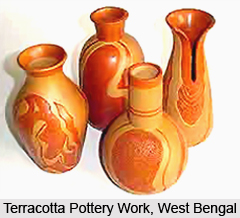 Terracotta Pottery
Terracotta Pottery
The Chittoor area of Andhra Pradesh is well-known for its domestic `terracotta` or baked earth items. The villages of West Bengal, Bihar and Gujarat are best known for terracotta works. The villages of Tamil Nadu are also quite famous for the terracotta figures of the Ayanar Deity. The figures are huge and they are found standing guard at the entrances of villages protecting the insiders from evil spirits. Potters of Kutch manufacture terracotta toys. Pottery craftsmen of Chota Nagpur and Aravallis are engaged in pottery crafting industry. Utilitarian items and home decoration objects are made in such areas. Orissa is another Indian state which produces this type of pottery craft.
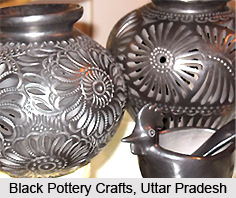 Black Pottery
Black Pottery
Maharashtra is renowned for its contemporary black, gleaming pottery. Dharavi, Mumbai and Bhadravati in Chandrapur district in this state possess pottery artisans who are skilled in this field. Deogarh, Jharkhand also makes black pottery. Usilampatti in Madurai, Tamil Nadu produces this form of pottery craft. Black pottery is done on shiny surfaces, engraved with silver designs in Nizamabad, Uttar Pradesh.
Kagzi Pottery
Alwar in Rajasthan is known for its exclusive `kagzi` pottery which makes thin walled pottery containers. The pots are created in such a technique which facilitates air circulation, thereby keeping the water inside them, cooler. Their double walls impart in them this unique quality.
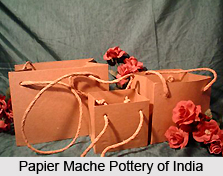 Papier Mache Pottery
Papier Mache Pottery
`Papier Mache` pottery is composed of mashed paper pulp which is mixed with rice-flour paste and copper sulphate. The mixture is covered with a thin paper and polished with bright colours. A golden shimmer is always present on all papier mache crafts.
Among numerable other nations, India occupy a unique position in the history of contemporary pottery crafting. Here, pottery is the hereditary occupation of most of the native pottery artisans. Pottery is one of the most ancient crafts, which originated during the Indus Valley Civilisation, as discovered by historical excavations in several portions of India. Gradually, with the passage of time, simple styles of moulding clay started evolving into modern styles. Distinct appearances of pottery crafts emerged which vary between the different Indian states. India boasts of diverse types of contemporary pottery artefacts which are highly favoured amongst Indians.
